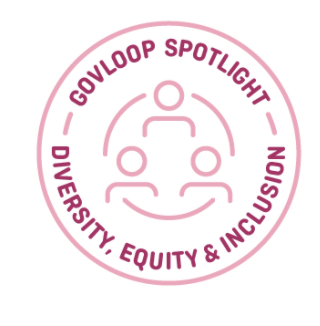Equity is a small word packed with huge implications for the way we live, work, serve others and ensure fair access and opportunities for all.
But as we hear more about equity in the context of government services, there seems to be a disconnect among some who don’t quite understand what equity means in terms of their everyday work, how it applies to them and, frankly, why they should care.
Well, we want to demystify equity and make it make sense for all government employees, whether you serve on the frontlines or are grappling with equity implications for an entire organization. Consider this, equity asks not just who am I serving but how am I serving them and who am I not reaching.
“As we are thinking about our expansion in the digital world, if we don’t understand that access part of it, then we are going to leave behind portions of our populations,” said Bill Zielinski, who currently serves as the Chief Information Officer for the city of Dallas. He directs IT operations for the 9th largest city in the U.S., serving a population of 1.9 million people, and provides a critical perspective on why decision-making should be rooted in equity.
During his closing keynote at GovLoop’s recent virtual summit, Zielinski broke down the why and how of equity’s impact in government and, ultimately, on our everyday lives.
“There is hardly anything that we do without some aspect of tech,” he said, and access to technology often equates to opportunities.
As a deliverer of technical solutions, he explained that there are often guiding principles for managing a project and program and seeking the best ways to ensure successful deployment. But equity forces you to take a step back and understand the environment as well, Zielinski said.
For example, when the COVID-19 pandemic shut down libraries, community centers and other public places where city residents went to get services, what became clear was that digital engagement was actually taking place in physical locations across the city. As locations shut down, so did Wi-Fi and opportunities to access government services for a large swath of the community, he said.
The same was true for phases of the vaccine rollout that required online appointments or a vehicle to drive up and get a shot. If you didn’t have personal transportation or online access, you were left out.
So what should you be asking yourself to ensure that equity is embedded in decision-making, including technology? Zielinski’s response: human-centered design.
He advised public servants to take a step back and start with the end in mind. Consider this question: What are we trying to accomplish and for whom?
Zielinski and his team took this approach to guide the city’s website redesign. No, it’s not flashy like blockchain or artificial intelligence, but this project gets to the heart of meeting the needs of the community. They brought in a human-centered design expert to help identify specific communities in the city where there are lower penetration rates of internet access.
“How can we ensure that once you [residents] have broadband access, we are ensuring that we are building out services in the way you can access them?” Zielinski said. And equity isn’t an afterthought or something that only applies to certain projects.
“I’m beginning to look at many of these projects with that equity lens placed upfront,” he said. “Human-centered design helps to do that.” Zielinski and his team are also working to put measurable KPIs, or key performance indicators, in place to understand if they are increasing access and equity.
When asked about his biggest lessons learned on this journey, data took center stage.
“The first step in solving a problem is admitting you have one,” he said. Data has been instrumental in understanding the extent of the problem and how best to apply limited resources to address inequities.
“It is to our own detriment that we are leaving portions of the population behind even as we modernize the technical stack,” Zielinski said. If we are not focused on getting all of us there, then we are actually holding us all back. Government must bring everyone along on the modernization journey.
Check out other recaps from today’s virtual summit here, and make sure to register for other upcoming GovLoop online trainings.

Photo by Robo Wunderkind on Unsplash





Leave a Reply
You must be logged in to post a comment.